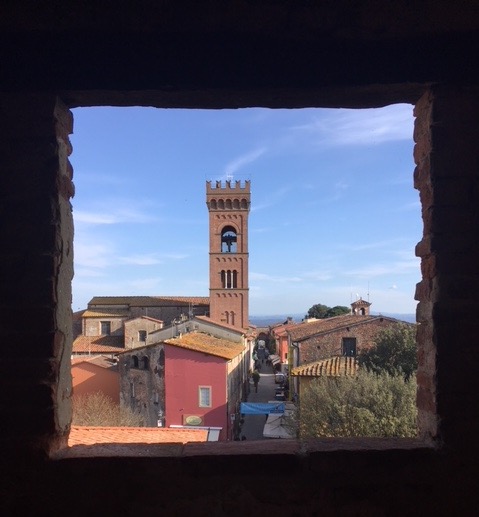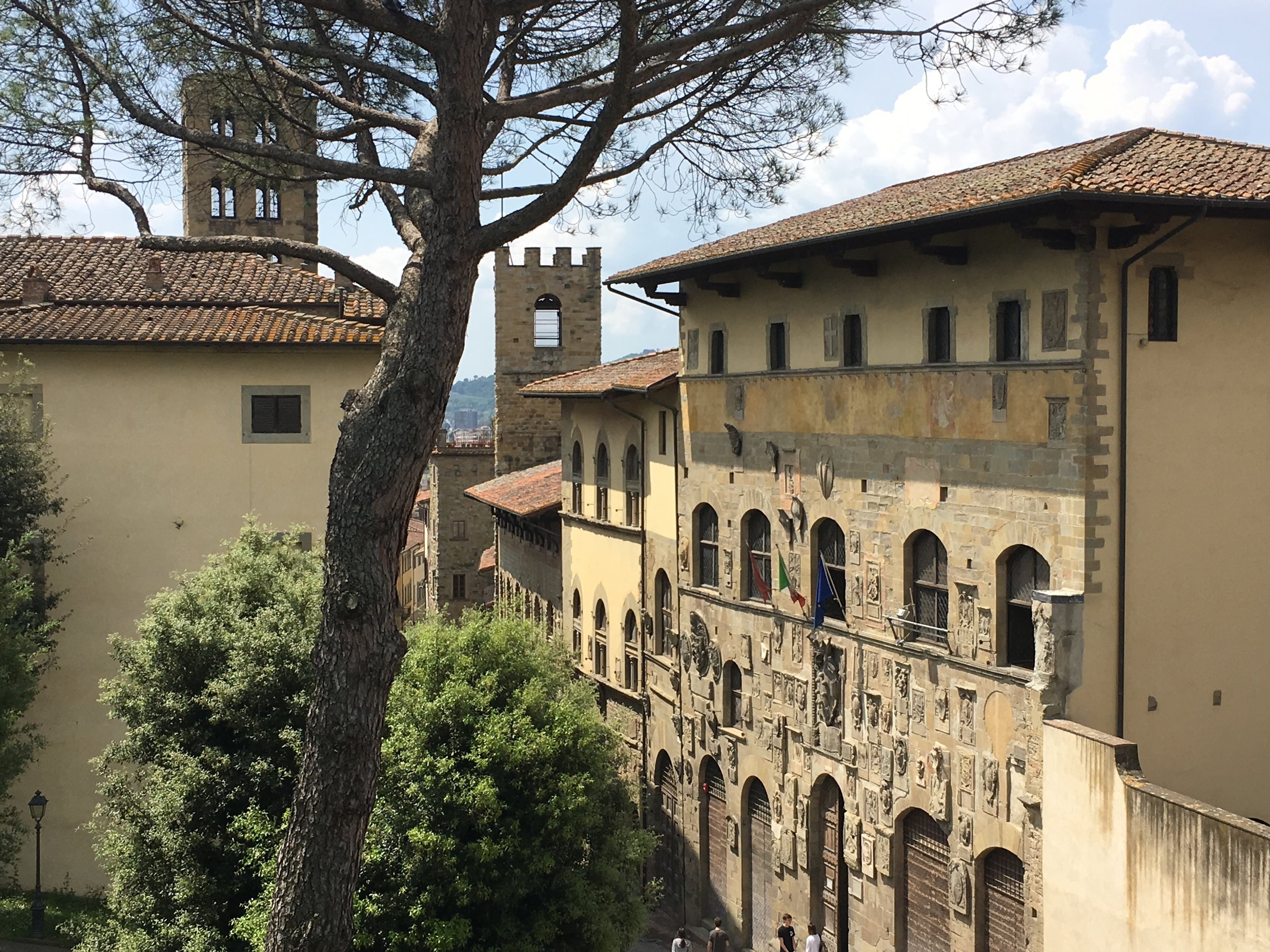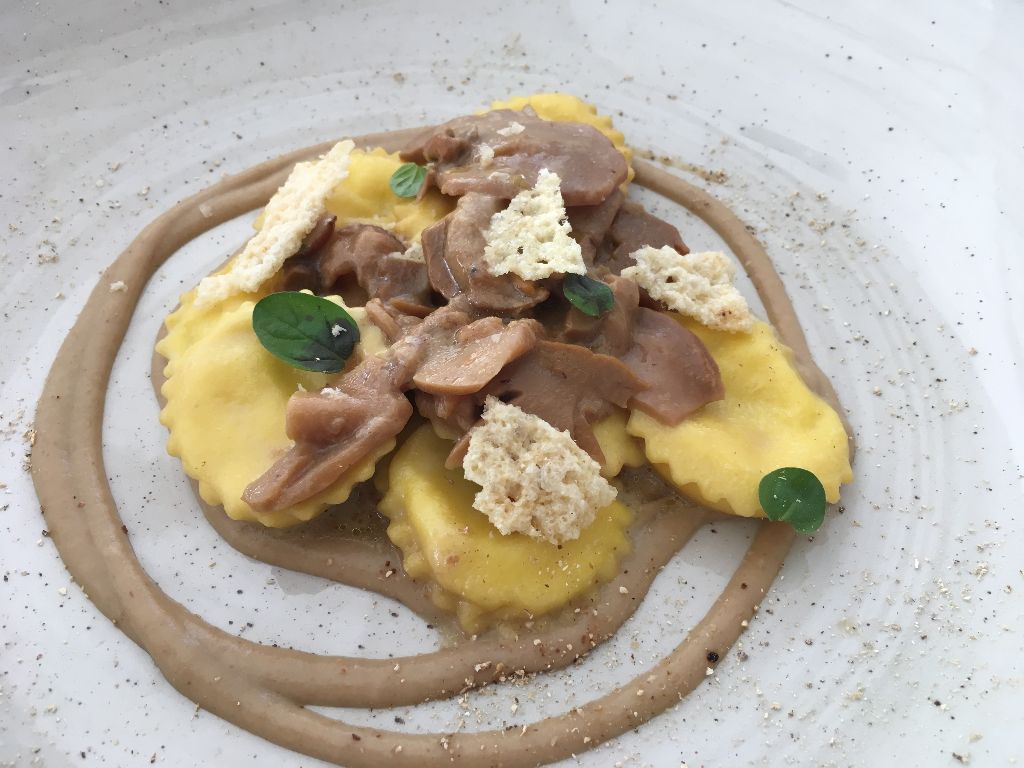A Rainy Sunday Morning in Florence
I arrived in Florence for two full days, my last days in Italy before flying back to the United States. I was hoping for a low-key visit, which can be a challenge in crowded and hectic Florence. I planned to wander the streets, explore the markets, hang out in the Oltrarno side of town, sip cappuccino outdoors, and soak up the atmosphere of Florence. I didn’t plan to do any of the large museums but thought I might stop by the Bargello, my favorite of all the museums in Florence.
As it turned out, the Bargello was closed both days and the weather turned wet and windy (the beginning of the terrible storms that ravaged Italy in late October/early November). Flexibility is a must when traveling - no whining about rain or unexpected closings allowed! With a little adjustment in plans, my rainy visit in Florence turned out to be most enjoyable, beginning with a memorable Sunday morning.
After waking up to the sound of rain and church bells, I had a relaxed breakfast at my hotel (already a great day). Then, umbrella in hand, it was off to the Duomo (officially the Cattedrale di Santa Maria del Fiore). The most famous landmark in Florence, approaching it from any direction is unforgettable. How can such majesty sit just up a city street? It looms large over shops and cafes, daring anyone to forget, even for a moment, that they are in Florence.
Up close, the Duomo is even more impressive. The cathedral itself is huge - long and tall and capped with its famous dome. The elaborate facade is marble - in green, white, and soft pink - and full of carvings, statues, decoration, ornate windows and carved doors under elaborate arches.
The tall campanile (bell tower) and adjacent octagonal baptistery are also dressed in marble. What a feast for the eyes (though like all feasts, it can leave you reeling trying to digest it all).
The baptistry under gray skies and rain
The cathedral is a huge tourist draw and there are usually long lines to enter. But on Sunday mornings, it is open only to those attending Mass - an ideal way to experience this church.
Main altar, Santa Maria del Fiore (Duomo), Florence
As I entered, a small service (the Lodo mattitini - morning lauds) was being chanted in a side chapel. Is anything more peaceful then the sound of Gregorian chant? As that service ended, the 10:30 a.m. Mass began. Rather than sitting out in the large church, attendees were invited to come up to the area surrounding the main altar, just beneath the dome.
Brunelleschi’s Dome.
The service began with organ music filling the cathedral, the sound and vibration making the music one with body and soul. The Mass itself (a cultural experience even for the non-religious, as well as a good way to practice Italian comprehension) was beautiful with prayer, incense, music and chorus. And all the while I sat under Brunelleschi’s dome - soaring high above the altar, with its majestic painted cupola.
Detail, Brunelleschi’s Dome
It sure seemed like a glimpse of heaven to me. -post by JMB































































